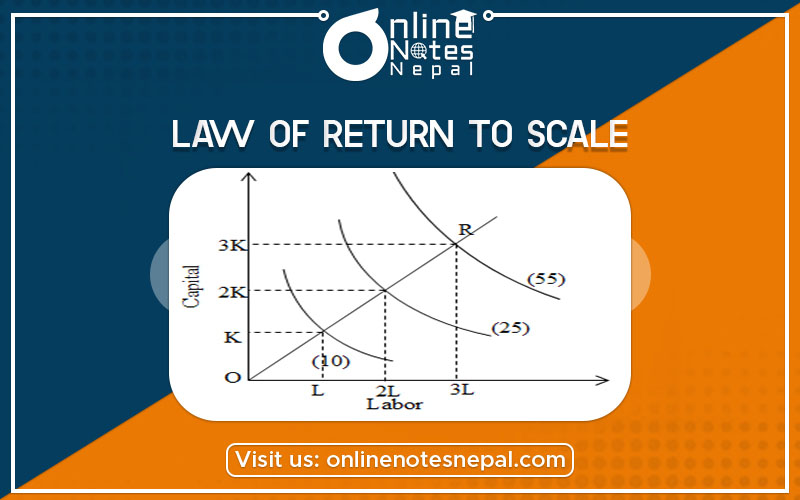Published by: Zaya
Published date: 16 Jun 2021

Law of Return to scale in the long-run concept of production theory. In the long-run concept of production theory. In long run all the inputs are variable.
The change in the output due to the change in scale of production studies as returns to scale. The law is concerned with the question of how output responds to the change in the amounts of all the inputs together. The production function shows three types of relationships between inputs and output in the long run.
1. The Increasing return to scale– If the percentage or proportionate increase in output is greater than the percentage of proportionate change in the combination of inputs, it is called increasing returns to scale. If the AP and MP increase with the proportionate change in inputs, the IRS operates in production. Eg. If the inputs are increased by 10%, output increases by 20%.
2. The Constant return to scale- If the percentage or proportionate increase in output is just equal to the percentage proportionate increase in the combination of inputs, it is called constant returns to scale. If the AP and MP remain constant with the proportionate change in inputs, CRS operates in production. Eg. If the inputs are increased by 10%, output increases by 10%.
3. The Decreasing returns to scale- If the percentage or proportionate increase in output is less than the percentage of proportionate change in the combination of inputs, it is called decreasing returns to scale. If the AP and MP decrease with the proportionate change in inputs, DRS operates in production. Eg. If the inputs are increased by 20%, output increases by 10%.